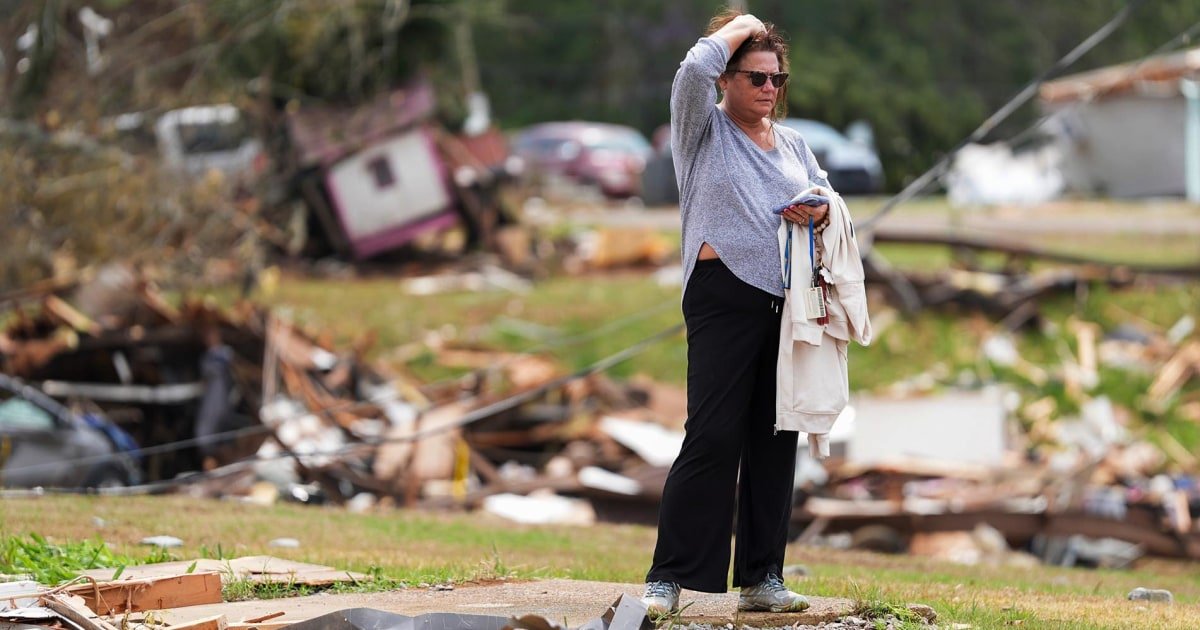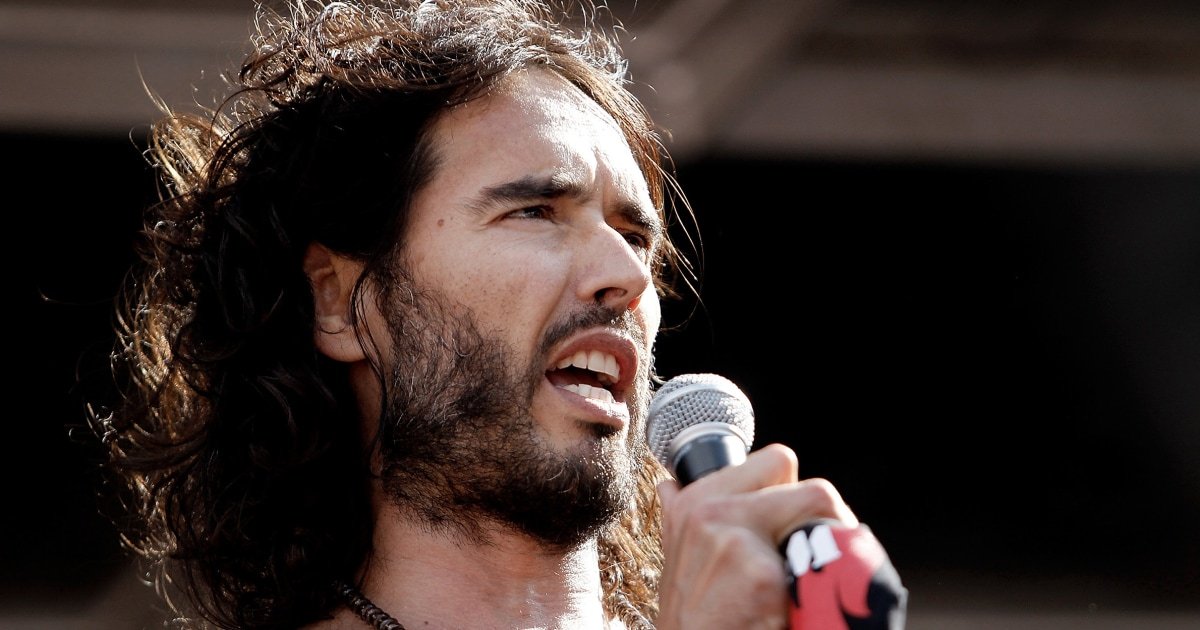
Smoking rates in the United States are at historic lows and fewer people are dying from tobacco-related lung cancer — in part because the federal government has pumped millions of dollars into research and attention-grabbing anti-smoking campaigns, as well as resources to help smokers quit.
Public health experts were stunned this week when the Department of Health and Human Services dismantled several key groups that had been hugely successful in helping to curb smoking rates in the U.S. for decades. The groups also tracked youth smoking and vaping rates as well as the appeal of nicotine pouches for teens.
The Office on Smoking and Health at the Centers for Disease Control and Prevention — which had been crucial in investigating a deadly wave of lung injuries linked to contaminated vaping devices in 2019 — was gutted.
Dozens of staffers at the Food and Drug Administration’s Center for Tobacco Products — which oversees warning labels and restrictions on marketing —were placed on leave, including the center’s director, Brian King.
HHS spokesman Andrew Nixon said in an email that “important work will continue” related to tobacco research and cessation efforts despite cuts meant to “streamline operations, enhance responsiveness to the American people, and ultimately improve the nation’s health as part of the Make America Healthy Again initiative.”
Dr. Tom Frieden, who was CDC director under President Barack Obama, called the cuts a “gift to Big Tobacco.”
“The only winner here is the tobacco industry and cancer cells,” said Frieden, president and chief executive of Resolve to Save Lives, a global health initiative.
The FDA’s King had long pushed for e-cigarette makers to remove flavorings that appealed to children. In January, he proposed slashing nicotine in cigarettes to levels that would make them almost totally nonaddictive.
It’s too soon to know how the changes might affect smoking rates in America. Cigarette smoking remains the No. 1 cause of preventable death from multiple chronic diseases, such as heart disease and lung cancer. It kills more than 480,000 Americans each year, according to CDC data collected by the group that has now been axed.
Nonprofit anti-smoking groups like Truth Initiative and the Campaign for Tobacco-Free Children are still assessing the damage.
At a minimum, the cuts will temporarily stop tobacco research. At worst, experts fear, smokers will no longer have access to resources to help them quit.
“If we take our foot off the gas, what do we think will happen?” said a CDC employee fired this week from the agency’s Office on Smoking and Health. “Tobacco use rates will increase among youth and fewer adults will quit. Because of that, people will die.” The employee asked not to be identified publicly for fear it could affect government severance packages.
At risk is one of the most successful public health campaigns in CDC history: Tips From Former Smokers. The ads, which began in 2012, feature graphic and often cringe-worthy stories of real people whose health suffered greatly because of cigarette smoking. They end with encouraging smokers to call 1-800-QUIT-NOW.
A study published in January found that every time the ads run on television, calls to quit lines spike. Researchers estimated the ads have generated more than 2 million additional calls to quit lines.
“With Tips not being on the air, fewer adults will quit,” the CDC employee said.
Callers to the national quit line are funneled to resources in their own state. The CDC’s Office on Smoking and Health provides millions of dollars to state health departments each year — more than $84 million last year alone — to staff their own quit lines and other tobacco control measures like medications to help smokers quit.
It’s unclear what will happen to that money. Thirteen states stand to lose at least 30% in funding, according to the Campaign for Tobacco-Free Kids.
And 75% of the funding for quit lines in five states — Connecticut, New Jersey, Tennessee, Virginia and West Virginia — came from the CDC.
Kevin Caron, another ousted employee at the CDC’s Office on Smoking and Health, said at least five major tobacco research projects will end “unless people just independently decide in their free time that they’re going to try to work on them.”

Caron, who’d worked with the CDC for more than a decade, was one of the researchers who discovered that it was vitamin E acetate in bootleg THC vape products that sickened thousands and killed 68 people in 2019.
It’s also unknown what will become of the National Youth Tobacco Survey, an annual snapshot of how many U.S. middle and high school students are using tobacco and what products are most appealing to them. The report comes from both CDC and FDA.
“It’s going to be harder for us to identify what the trends are that public health needs to focus on, like the products that are going to addict children to nicotine and turn them into a lifelong smoker” if that survey ends, said the CDC employee who wished to remain anonymous.
It was the youth survey, for example, that first signaled a growing youth vaping epidemic in 2018, and that kids were turning to Juul and other vaping products.
Nixon, the HHS spokesperson, didn’t provide specifics on funding or the future of the Tips campaign and related programs at CDC or FDA.
“This is a terrible mistake that will cost American lives and get American kids hooked on tobacco,” Frieden said, who was CDC director when the Tips ads began.







